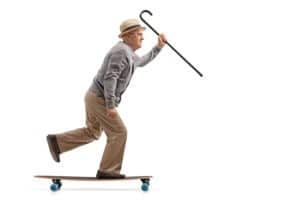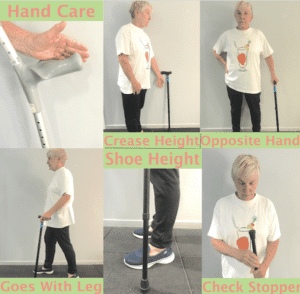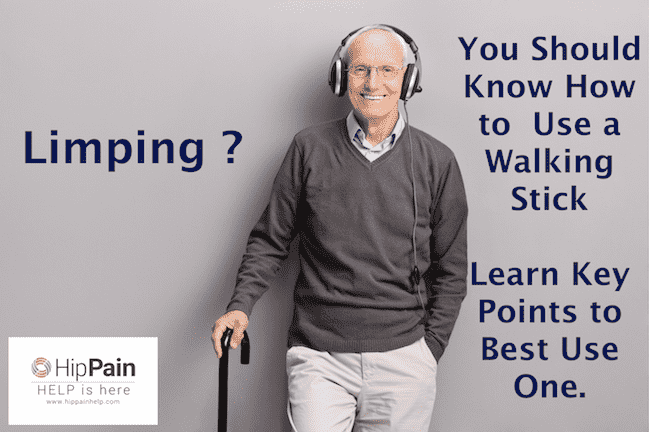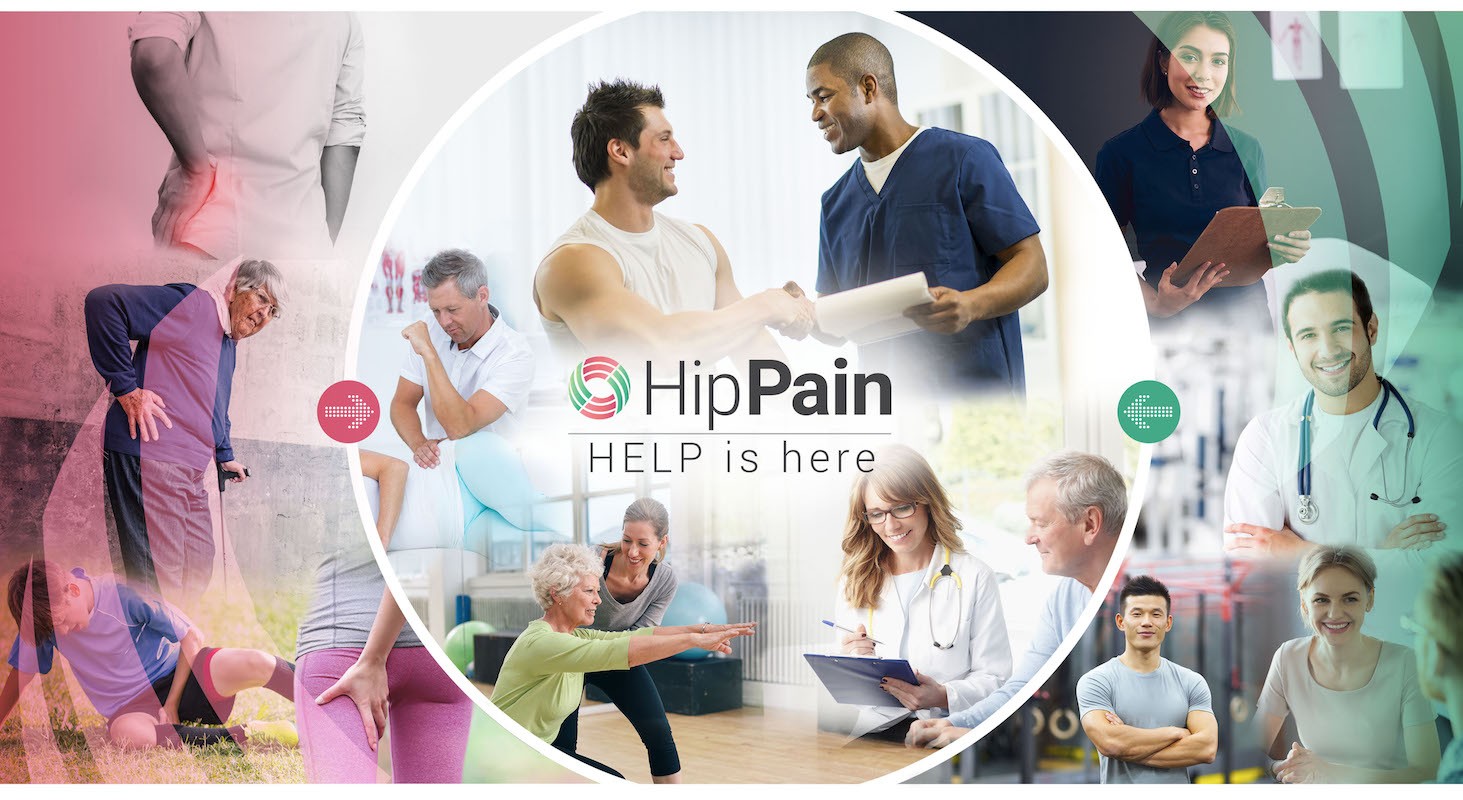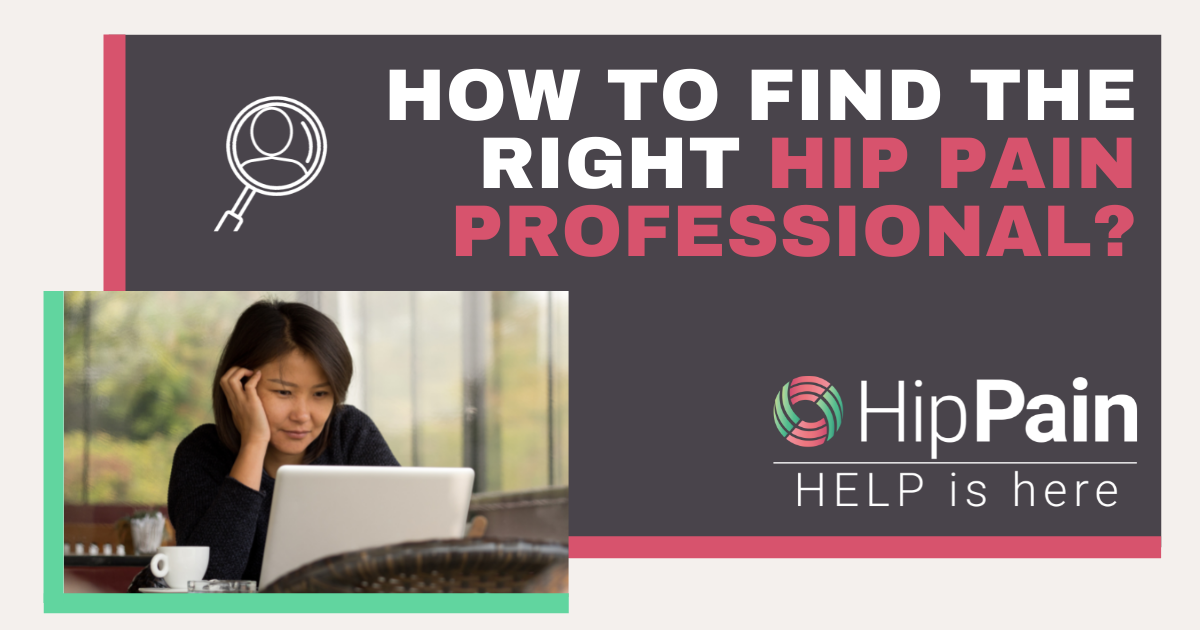Got a limp? You should know how to use a walking stick
Symptoms felt around your hip and pelvis may lead to changes in the way you move. For many, this involves the development of a “limp”, often in response to pain, or due to stiffness or restricted movement. The result of a limp is that you place altered forces on the affected area as well as on other parts of the body, including on joints and muscles. For example, forces may change arouond your back, other hip or knees.
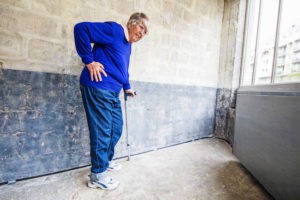
To minimise pain and avoid unintended negative effects of a “limp”, knowing how to use a walking stick (or walking aid) may be of benefit¹. Using a walking stick temporarily allows you to move with more “natural” patterns, placing less unusual stress and strain on the body. Often as symptoms improve with the use of the walking stick, you are able to do more and walk further.

Many people are concerned at the prospect of using a walking stick, fearing it will make them look and feel old. Remember a walking aid is often just a short term strategy that can help you continue your normal daily tasks. It provides a window of opportunity to allow you to work on settling your pain and completing your rehabilitation.
And you don’t have to use a walking stick: you could also use a crutch or nordic walking poles. You can read more about the pain relief and other benefits with nordic pole walking by clicking here.
Alternatively if a stick is not enough support, there are alternative various wheeled frames.



